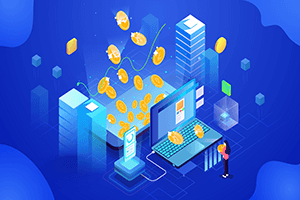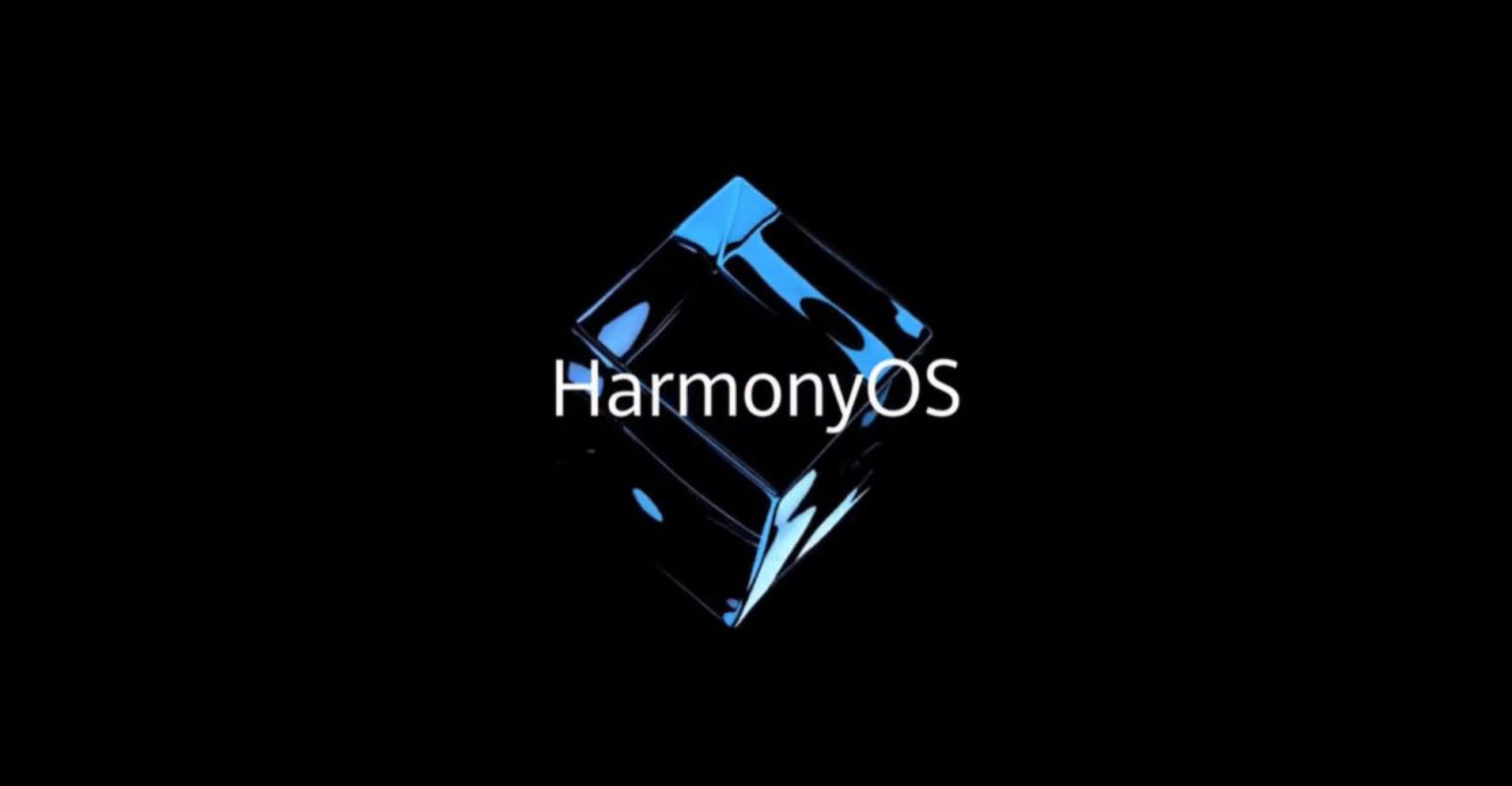Blockchain is an irreversible trend and a phenomenon-level technology of the Internet's self-evolution. However, for ordinary people, new technologies need to be gradually accepted after the maturity period, which greatly slows down the progress of ordinary people. Based on this, let us first recall the history of the development of the Internet, and then take a look at the blockchain technology and its innovations in your world.
Questioning the current blockchain, do you still remember the Internet?
In 1969, the Arpanet network was born, the first host of the Internet.
1983: Arpanet computers switched to TCP/IP protocol and established the Domain Name System (CDS);
1991: The first web page was created, and the World Wide Web in the Internet world was formed.
1993: Governments of various countries joined, both the White House and the United Nations set up independent websites.
1995: Global Village, China realized all the functions of the Internet through TCP/IP connection.
Since 1996, China has fully integrated into the Internet family.
At that time, there were two ways to explain to ordinary people what the Internet was all about. The first is to go deep into technical details such as IP addresses and data packets to explain Internet technology from a technical perspective. The second is to enumerate those advanced and uncertain application cases that can be realized based on Internet technology, and explain from the perspective of application. However, from an economic perspective, if you want to recognize the fact that Internet technology is bound to change the world, you do not need to understand too many technical details about the Internet or believe in a certain future utopia based on the Internet. On the contrary, you only need to recognize one thing: Internet technology has greatly reduced the cost of information flow.
What is blockchain?
The blockchain is essentially a decentralized distributed database that uses cryptographic technology to correlate the data blocks generated, and each data block contains the information that multiple transactions are validly confirmed. Whenever an encrypted transaction is generated, miners with powerful computing capabilities in the network begin to use algorithms to decrypt and verify transactions, and create new blocks to record the latest transactions. The new blocks are replenished linearly and irreversibly in chronological order. To the end of the original blockchain, this chain will continue to grow and extend. Therefore, the core potential of blockchain lies in the characteristics of distributed databases and how they can contribute to transparency, security and efficiency.
Just like the Internet in those days, the blockchain seems to have nothing to do with ordinary people, just like the relationship between TCP/IP and ordinary people. Ordinary people don’t need to instruct what is the underlying TCP/IP protocol of the Internet, as long as they enjoy the Internet. The service provided will do. In the future, we will also experience the impact of blockchain technology on our lives like enjoying the Internet.
What are the benefits of blockchain?
The value of the blockchain lies in its transparency, security and efficiency characteristics, which make it particularly suitable for the transformation of enterprises that are dragged down by low efficiency, and for empowering new business models based on distributed markets and technologies. For example, the following aspects:
(1) In the Internet and the Internet of Things, promote multi-party secure and decentralized transactions: Based on the natural decentralized nature of the ledger, the blockchain is particularly efficient for processing distributed transactions involving particularly multiple parties. Moreover, based on the encryption confirmation and verification process between multiple parties, the blockchain provides a high degree of security for each transaction. As new distributed economic models gradually evolve, covering tens of millions or even hundreds of millions of asset units (such as cars or houses in the sharing economy) or machines (Internet of Things), a secure and distributed transaction model will Will become vital.
(2) Promote transparency and efficiency in multi-party transactions: In any transaction involving the participation of two or more counterparties, the transaction is usually recorded separately by each party in their own independent system. In the capital market, the same transaction will be recorded in the own systems of the two opponents. In each organization, the transaction needs to go through a series of mid- and back-end office systems-at this time, errors can lead to expensive reconciliation processes and a lot of manual intervention. If you use distributed ledger technology, such as blockchain, institutions will get a smoother clearing and settlement process, shorten the settlement window, and avoid a large amount of capital and operating costs.


Post comment 取消回复